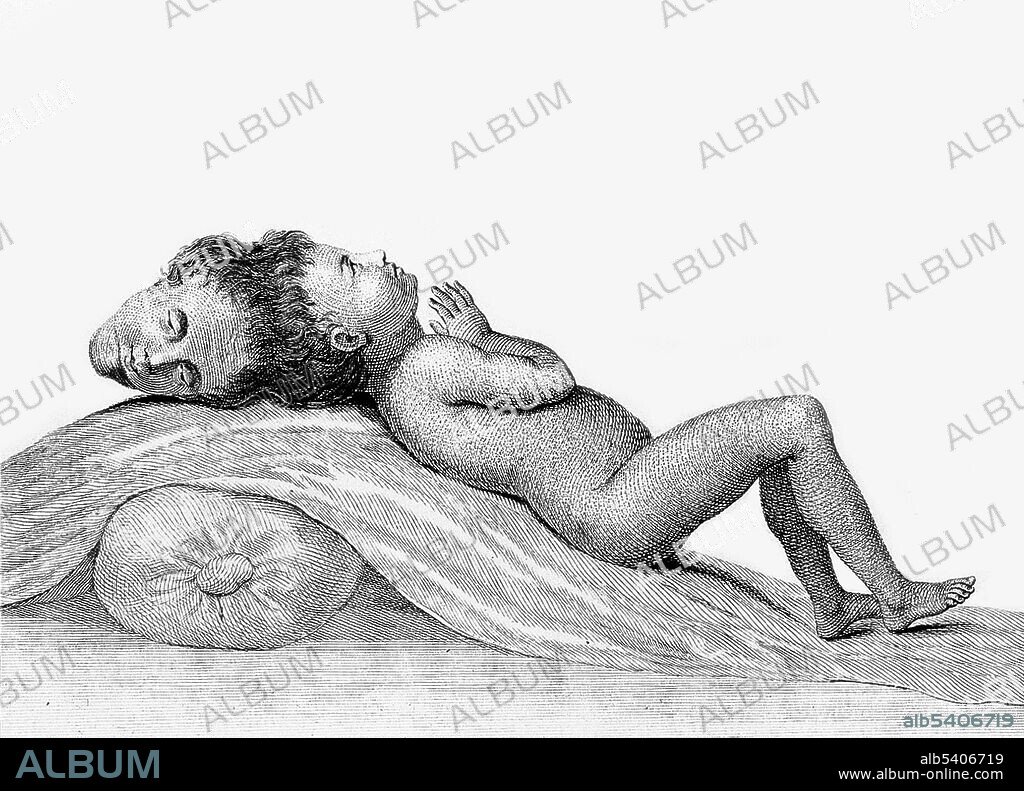alb5406719
Two-Headed Boy of Bengal,1780s

|
Añadir a otro lightbox |
|
Añadir a otro lightbox |



¿Ya tienes cuenta? Iniciar sesión
¿No tienes cuenta? Regístrate
Compra esta imagen

Título:
Two-Headed Boy of Bengal,1780s
Descripción:
Ver traducción automática
The so-called "Two-Headed Boy of Bengal" was born in 1783 and died of a cobra bite in 1787. His skull remains in the collection of the Hunterian Museum of the Royal College of Surgeons of London. Craniopagus parasiticus is an extremely rare type of parasitic twinning occurring in about 4 to 6 of 10,000,000 births. In craniopagus parasiticus, a parasitic twin head with an undeveloped body is attached to the head of a developed twin. Fewer than a dozen cases of this type of conjoined twin have been documented in history Most infants with this condition are stillborn, or die shortly after birth. Only ten cases of craniopagus parasiticus have been reported in the medical research literature. Of those cases, only three have survived birth.
Crédito:
Album / Science Source / Wellcome Images
Autorizaciones:
Modelo: No - Propiedad: No
¿Preguntas relacionadas con los derechos?
¿Preguntas relacionadas con los derechos?
Tamaño imagen:
2700 x 1947 px | 15.0 MB
Tamaño impresión:
22.9 x 16.5 cm | 9.0 x 6.5 in (300 dpi)
Palabras clave:
ANORMAL • ARTE • BICEFALO • BLANCO Y NEGRO • CALAVERA • CALAVERA. • CHICO • CIENCIA • CRANEO • CRANEOS • DEFORMIDAD • ENFERMEDAD • GENETICA • GRABADO • HISTORIA • ILUSTRACION • IMPRESION • MALFORMADO • MEDICINA • MEDICINAL • NINO • NIÑO • PERSONA
 Pinterest
Pinterest Twitter
Twitter Facebook
Facebook Copiar enlace
Copiar enlace Email
Email
